Gustav Klimt
Gustav Klimt was an Austrian painter, and he was considered as one of the most outstanding members of the Vienna Secession movement. The female body is one of the most common subjects in his painting, and he also had some landscape piece. The Japanese art strongly influenced him, and it obviously showed through his artwork.
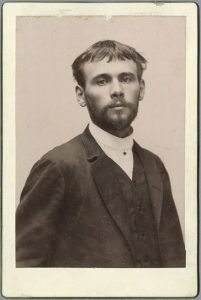
Gustav came from a low-income family of seven children which his father, a gold engraver can barely afford their living expense. Later on, at the age of 14, Klimt went to the Vienna Kunstgewerbeschule, a school of applied arts and craft, where he studied architectural painting from 1876 to 1883. Klimt started his art career with painting interior murals and ceiling in the large public building including a successful series of ” Allegories and Emblems”. His talent quickly noticed, and in 1879 he forms an artist company with his brother and another student.
Klimt was known for his use of colour and pattern which strongly influenced by Japanese art, ancient Egypt and Byzantine Ravenna. His art is flat and stylized, often about woman figure or reigns supreme. His art is considered to be beautiful, luxurious and above all erotic. He created his version of a beautiful world through his art.
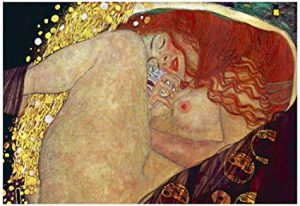
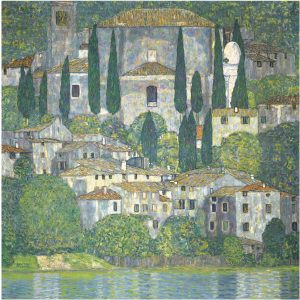
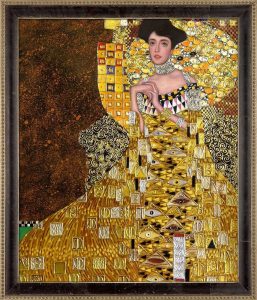
One of Klimt’s earliest drawing ” male nude waling facing right” show his skill as a painter with many great potential in his career.
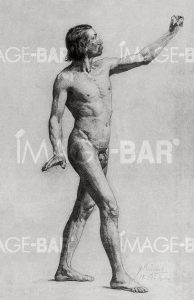
In Klimt studio, he kept girls available to him at all times by requesting them to wait for him in a room next door in case he decided to paint them. He would stand in silently in front of his easel, capturing the girl’s movement that appealed to his sense of beauty. To finalize his idea, Klimt would sketch the figure over and over. Sometimes there were over a hundred drawing for one painting, each showing different details. For the last ten years of Klimt life, he chose to use pattern, textile, and ornament to high light the erotic effect, emphasizing the nakedness of the body rather than cover it up. In my opinion, woman figure in his painting often look unreal, head and torsos are disintegrate, detach to their body. It looks like they might be trapped in a block which is decorated with textiles and ornaments. ( The Kiss and The Three Ages Of Woman)
Klimt himself made a statement about himself and his art: “I am certain that there is nothing exceptional about me as a person. I am simply a painter who paints every day from morning till night. … I’m not much good at speaking and writing,especially when I have to discuss myself or my work. Just the idea of having to write a simple letter fills me with anguish. I am very much afraid that you will have to do without a portrait of me, either painted or in words, but that is no great loss. Whoever seeks to know me better, that is to say as an artist – and that’s the only thing worth knowing – should study my paintings and try to glean from them who I am and what I want.”
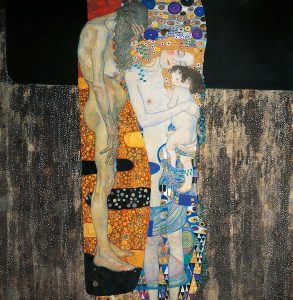


The kiss becomes one of Klimt best-known artwork. The art piece suggests a couple locked intimate space against gold, flat background. The pattern in the painting indicates the style of Art Nouveau and the form of the Art and Craft movement. The use of gold leaf is similar to medieval ” gold ground” painting, illuminated manuscript, earlier mosaics, the clothing pattern similar to the Bronze Age art and how he crop the art piece just right above the man head reflects the influence of Japanese print.
Source: Gustav Klimt by Jane Rogoyska published 2005 Parkstone International
https://en.wikipedia.org/wiki/Gustav_Klimt
https://en.wikipedia.org/wiki/The_Kiss_(Klimt)

Thea,
Good work with both Waterhouse and Klimt! Good research and personal feelings regarding the artists. I see though you’ve posted on Rossetti as well for the same period as Waterhouse. I would think that’s because you wrote on Rossetti and I wanted you to post on an artist of the period I didn’t lecture about.
Anyhow you skipped over post#6, Impressionism and Post Impressionism, so you are a bit behind in that regard. Also post #8 is due Monday.
Jeff